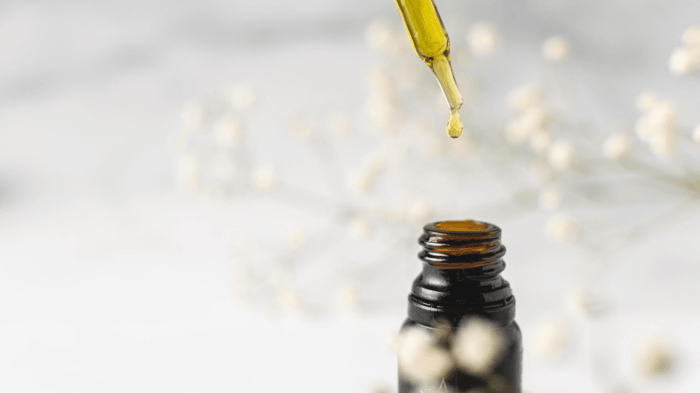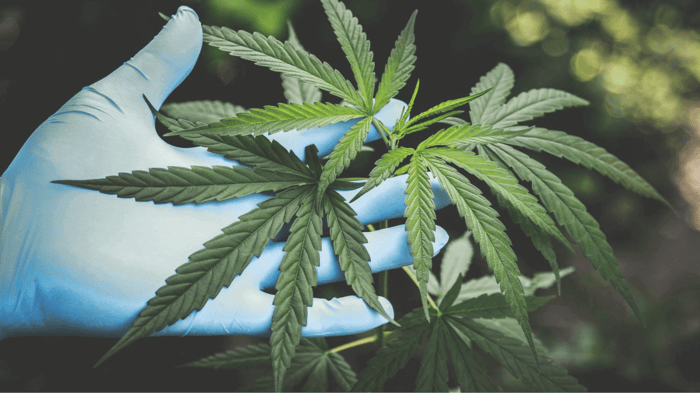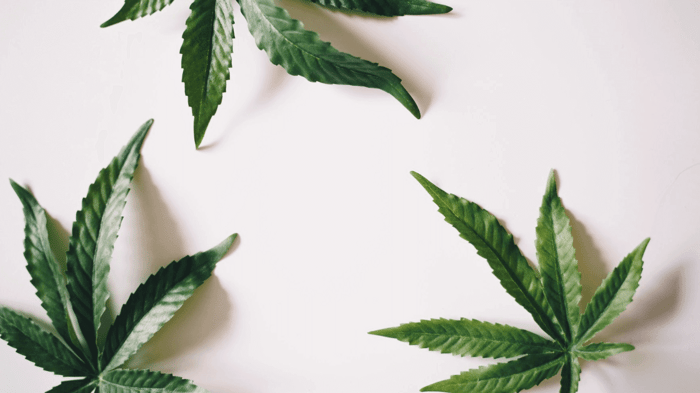01/20/2023
Manufacturers can extract CBD oil from the hemp plant in a number of different ways, each with their own benefits and drawbacks. One highly regarded technique uses carbon dioxide to carry CBD and other cannabinoids out of the plant cells. This is known as CO2 extraction of CBD, and it’s Butler Hemp Co.’s method of choice.
To explain why, we’ll have to provide some background on our process of obtaining usable cannabinoid oils from raw hemp plant matter and compare it to the other common methods of CBD extraction. So, if you’ve ever wondered, “What is CO2-extracted CBD oil, and why should I care which extraction method the manufacturer used?” you’re in the right place!
What is the CBD CO2 extraction process, and why do we use it at Butler Hemp Co.?
Everything starts with a hemp plant. Or, more accurately, lots of hemp plants.
CBD and the other cannabinoids can primarily be found in the flowers of hemp plants, so when we talk about biomass, picture a large volume of harvested hemp flowers ready to be processed.
By the time this biomass reaches our doors, it has already been tested to be free of mold, microbials, and pesticides. We only contract with growers who have a state harvest certificate that proves the potency of the plant, or with growers who can provide samples so we can have the plant mass independently tested and make sure it’s not over the 0.3% THC limit required for CBD oil.
We mill the biomass thoroughly, grinding it into a fine powder. This gives each particle a uniform size and increases the surface area of every piece, which will result in a more efficient extraction process.
After milling, the biomass goes in the oven for decarboxylation. Cannabinoids in raw form, as they're found in flowers growing in the field, have acidic compounds. If you were to write about these raw compounds in a science essay, you’d designate them as CBDA or THCA instead of CBD and THC, because they haven’t yet been converted into their less acidic, more bioavailable forms. Decarboxylation removes this extra acid and transforms the cannabinoids into a form that your body can use.
The decarboxylated biomass can then be loaded into the extractors. Typically, CO2-extracted CBD oil is created from a process called supercritical extraction. Supercritical carbon dioxide is CO2 that’s been heated and pressurized to a specific point above the critical temperature and pressure needed to turn it into a liquid. When pumped into the extractor, supercritical CO2 breaks apart some of the plant cells, dissolving the solid matter and forming crude CBD oil.
We then refine the crude CBD oil to filter out the plant’s fats and waxes that we don’t want left behind in the final product. This refinement is known as winterization, because we expose the formula to extremely low temperatures in the process. The resulting formula is called winterized crude.
Winterized crude, having been stripped of excess fats and waxes, is nearly ready to use. But first, it must be distilled and purified even further. The resulting distilled formula is what eventually ends up on the shelves as full spectrum CBD distillate.
To be absolutely sure that the CBD distillate contains what it should — and is free of contaminants — we test it again after distillation. We check the potency of the formula, including the levels of cannabinoids found in the oils, and ensure once more that it’s free of pesticides, heavy metals, microbial contaminants, or anything else that shouldn’t be present in the final product.
Only when we’re positive that the formula is a high-quality CBD product will it be packaged for sale to consumers. However, just to be absolutely sure, we often test a third time after the final product is made, before it ever hits the shelves.
Why does Butler Hemo Co. Prefer The CBD Oil CO2 Extraction Method?
You may have noticed that the whole process of CO2 extraction is extensive and heavily scientific, requiring perfect precision and a number of tests and quality control measures. It’s also time consuming; a typical CO2 extraction can take hours to complete. On top of that, the equipment is expensive and can be difficult for new manufacturers to source, set up, configure, and maintain.
However, we believe these downsides are heavily outweighed by the fact that CO2 extraction produces the highest-quality CBD oil when compared to other popular extraction processes. Other methods — ethanol and butane extraction, for example — tend to leave undesirable levels of chlorophyll or even traces of the solvents themselves in the final product, and we feel that’s unacceptable.
That’s why Butler Hemp Co. has invested so heavily into finely tuned extraction equipment and testing. When you buy one of our products, we want you to be absolutely sure you’re getting the highest-quality product possible.
How can you tell if a CBD oil product was made with CO2 extraction and thoroughly tested?
Manufacturers don’t always put helpful URLs or testing information on tiny product labels. You will likely need to check the company’s website if you want more information on how a product was created or tested.
Interestingly, some people say they can taste the difference between a CO2-extracted tincture and one produced by ethanol extraction. Ethanol often brings some chlorophyll out of the plant cells in addition to the cannabinoid oils, and this residual chlorophyll can give tinctures a heavy, plant-like flavor. In comparison, a CO2 extracted tincture may taste lighter or less bitter. This is hardly a scientific way of gauging a product’s manufacturing history, but it’s an interesting tidbit nonetheless.
To see exactly what’s contained in a product, check the manufacturer’s website for final testing results. Look for a page where the company publishes certificates of analysis, or COAs, for the specific product you’re interested in buying.
Let’s say you’re shopping for a CBD blend to help with sleep, for example. You should be able to go to the manufacturer’s website, find their published COAs, and view the test results for the exact product you want to buy.





